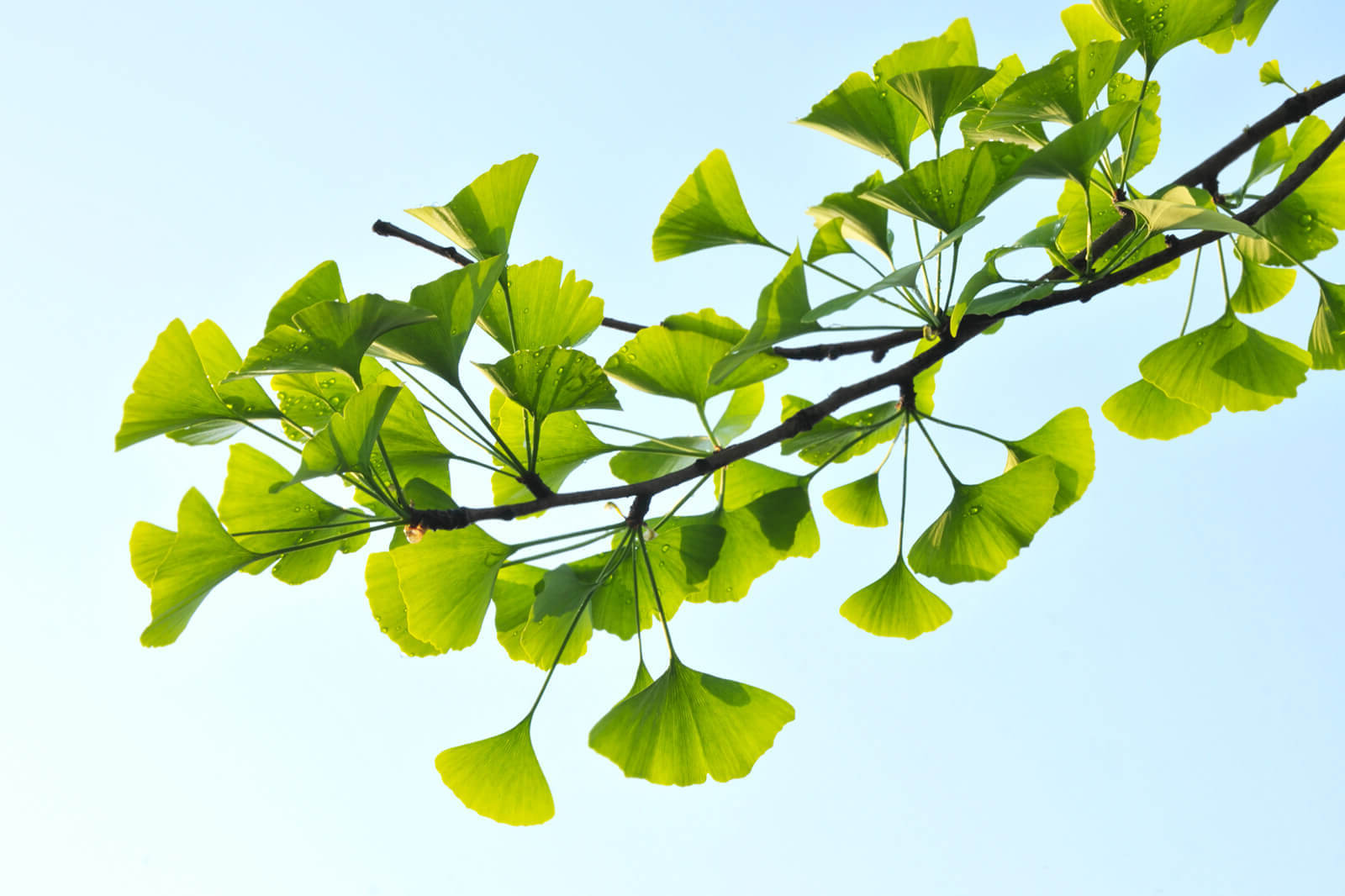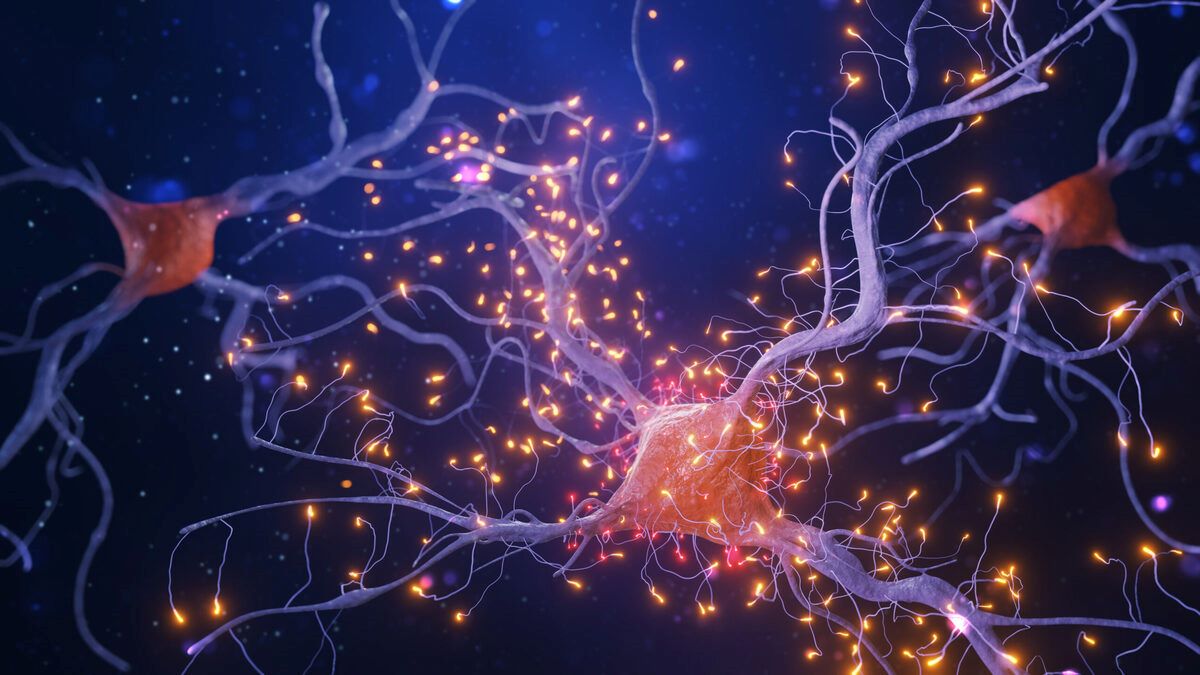
Ginkgo trees, often called living fossils, have been around for over 200 million years. These ancient trees are not just survivors; they are also fascinating for their unique leaves. Ginkgo tree leaves are fan-shaped, with a distinct split in the middle, making them easily recognizable. In autumn, they turn a brilliant yellow, creating a stunning visual display. But there's more to these leaves than just their looks. They have been used in traditional medicine for centuries, believed to improve memory and cognitive function. Curious about what else makes these leaves special? Let's dive into 12 intriguing facts about ginkgo tree leaves!
The Ancient Ginkgo Tree
The Ginkgo tree, also known as Ginkgo biloba, is one of the oldest living tree species on Earth. Its unique fan-shaped leaves and resilience make it a fascinating subject of study.
-
Ancient Origins: The Ginkgo tree has been around for over 200 million years, dating back to the time of the dinosaurs. It's often referred to as a "living fossil."
-
Survivor of Hiroshima: Several Ginkgo trees survived the atomic bomb dropped on Hiroshima in 1945. These trees are still alive today, symbolizing resilience and hope.
Unique Leaf Characteristics
The leaves of the Ginkgo tree are not only beautiful but also have some unique features that set them apart from other trees.
-
Fan-Shaped Leaves: Ginkgo leaves are distinctively fan-shaped with veins radiating out from the base. This unique shape makes them easily recognizable.
-
Seasonal Color Change: In autumn, Ginkgo leaves turn a brilliant yellow before falling off. This vibrant color change is a highlight of the fall season in many regions.
Medicinal Uses
Ginkgo leaves have been used in traditional medicine for centuries. Modern science has also recognized their potential health benefits.
-
Memory Enhancement: Extracts from Ginkgo leaves are believed to improve memory and cognitive function. They are often used in supplements aimed at boosting brain health.
-
Antioxidant Properties: Ginkgo leaves contain powerful antioxidants that help protect cells from damage. These antioxidants can reduce inflammation and improve overall health.
Environmental Benefits
Ginkgo trees are not just beneficial for humans; they also play a significant role in the environment.
-
Air Purification: Ginkgo trees are excellent at absorbing pollutants from the air. They help improve air quality in urban areas.
-
Pest Resistance: Unlike many other trees, Ginkgo trees are highly resistant to pests and diseases. This makes them a low-maintenance option for city planners and gardeners.
Cultural Significance
The Ginkgo tree holds a special place in various cultures around the world, symbolizing different values and beliefs.
-
Symbol of Longevity: In China, the Ginkgo tree is a symbol of longevity and endurance. It is often planted in temple gardens and near homes for good luck.
-
Art and Literature: The unique shape of Ginkgo leaves has inspired artists and writers for centuries. They often appear in paintings, poems, and other forms of art.
Reproduction and Growth
Understanding how Ginkgo trees reproduce and grow can provide insights into their longevity and resilience.
-
Dioecious Nature: Ginkgo trees are dioecious, meaning there are separate male and female trees. Only female trees produce seeds, which are encased in a fleshy, fruit-like covering.
-
Slow Growth: Ginkgo trees grow slowly but can live for thousands of years. Some specimens in China are believed to be over 2,500 years old.
The Timeless Charm of Ginkgo Leaves
Ginkgo trees have fascinated people for centuries. Their unique fan-shaped leaves, ancient origins, and resilience make them stand out in the plant world. These trees, often called living fossils, have survived major extinction events, showing their incredible adaptability. Ginkgo leaves, with their distinct shape and vibrant fall colors, add beauty to urban landscapes and parks.
Beyond their aesthetic appeal, ginkgo leaves have been used in traditional medicine for their potential health benefits. They may improve memory, reduce anxiety, and boost circulation. However, it's always best to consult a healthcare professional before using any herbal supplements.
Ginkgo trees also play a role in environmental conservation. They can thrive in polluted areas, helping to clean the air and provide shade. Their long lifespan means they can be enjoyed by many generations. So next time you see a ginkgo tree, take a moment to appreciate its rich history and enduring beauty.
Was this page helpful?
Our commitment to delivering trustworthy and engaging content is at the heart of what we do. Each fact on our site is contributed by real users like you, bringing a wealth of diverse insights and information. To ensure the highest standards of accuracy and reliability, our dedicated editors meticulously review each submission. This process guarantees that the facts we share are not only fascinating but also credible. Trust in our commitment to quality and authenticity as you explore and learn with us.


